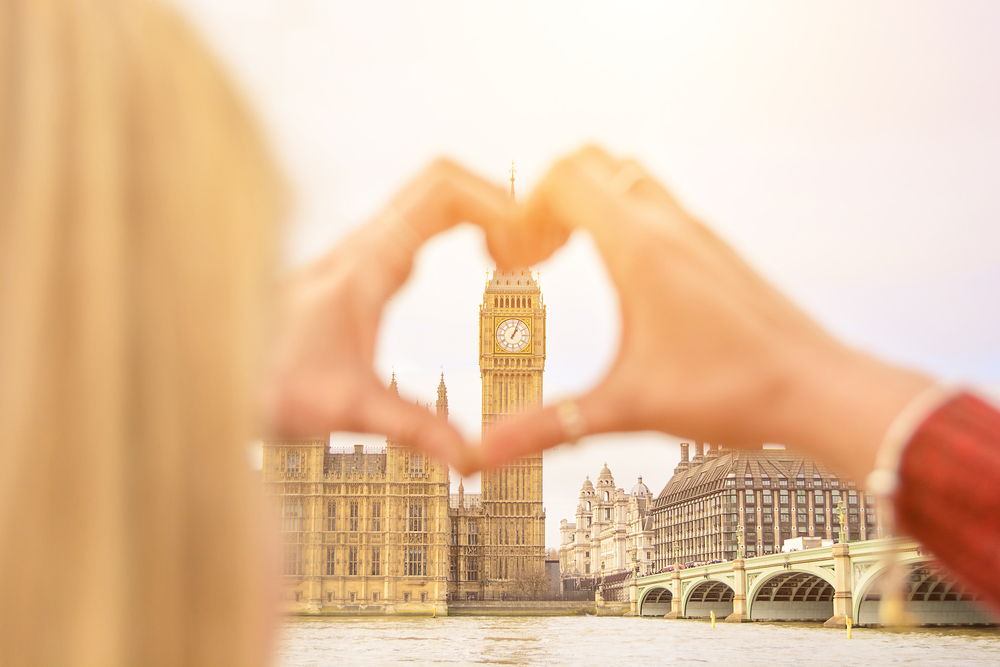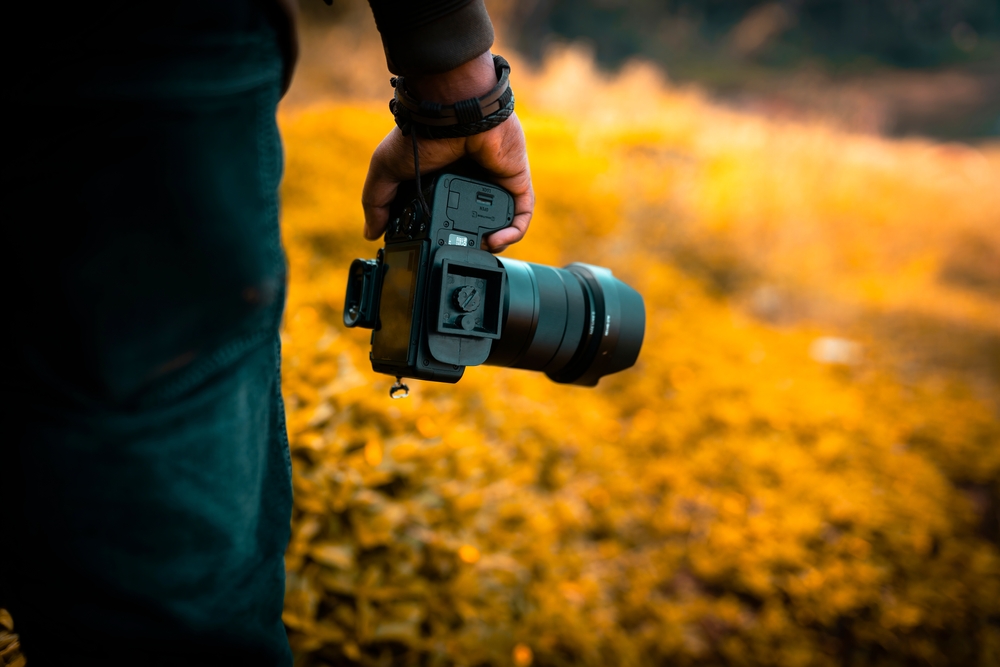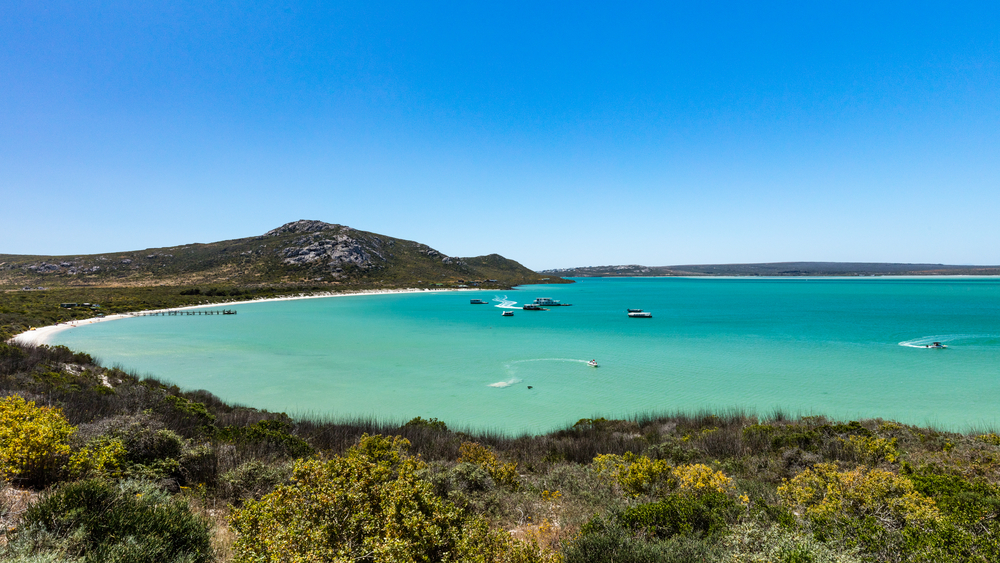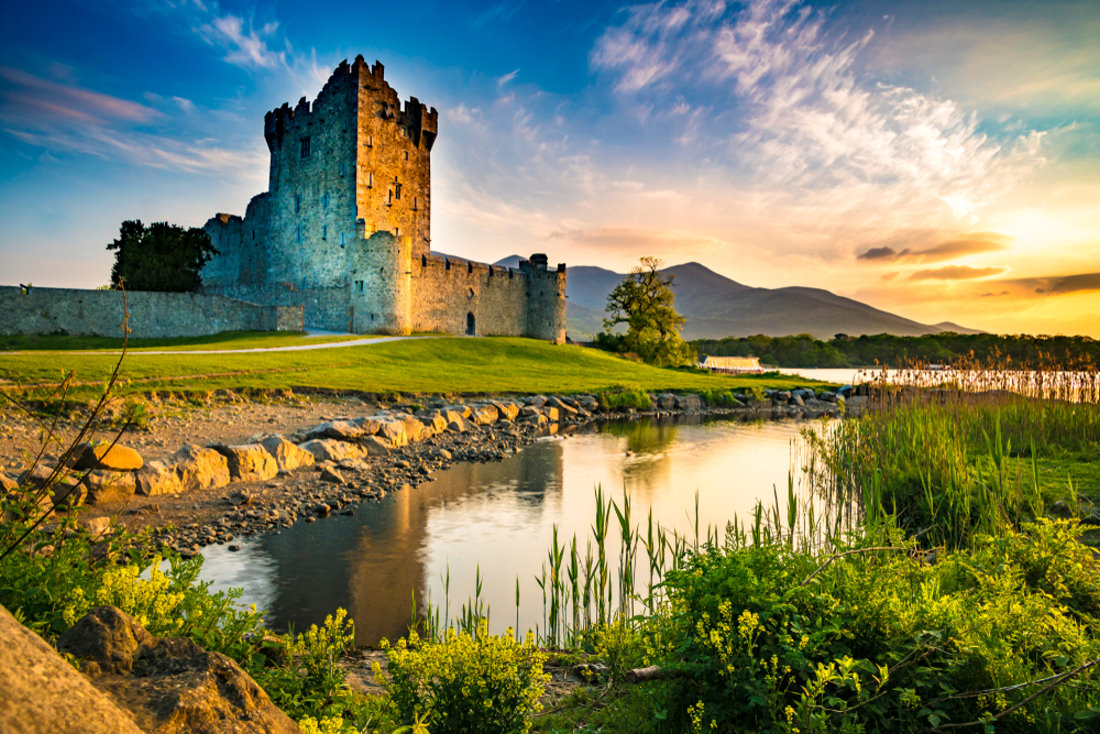Has London been calling you?
Whether it’s because of the many historical sights, the severely underrated food, the top-notch shopping opportunities or simply that you’re a big fan of The Crown or any other of the many shows and films that take place there, there’s no shortage of reasons why London should be at the top of your travel bucket list—especially since it’s a perfect spot for both first time international travelers and jet-setting pros alike.
If you’re headed across the pond for the first time, though, there are some things you can do to set yourself up for the best time possible. From how to avoid looking like a total tourist to how to not end up going in circles on the Circle Line (if you know, you know), here are some top tips for visiting London your first time.
1. Don’t Bother Buying Tickets for the Train/Tube Within the City
London’s public transportation system is arguably the best in the world, and it’s only gotten better with time. One of the best innovations that’s occurred in recent years is the ability to pay contactless every time you set foot on a bus, train or tube (the London version of the subway system, officially named the London Underground). This involves you simply tapping your Oyster card if you get one or simply your bank card if it’s enabled with contactless payments. It saves you time, money and helps you look like a total pro at getting around the city without delaying busy Londoners who need to get from point A to point B.
Oh, and yes, you do need to stand on the right of the escalators if you’re going to stand—the left is for walking, unless you want to bear the wrath of sighing Londoners who are too polite to actually tell you to move.
2. Download the Citymapper App
Speaking of TFL (Transport For London), you can navigate easily with the little help of an app called Citymapper. This green logo app will help you figure out the best way to get where you want to go no matter which form of transport you want to take, and it’ll give you times and prices that are as accurate as possible. Like any big city, you can expect some delays, but this app will help you to not be so clueless when you realize you can’t necessarily get to the place you want to go directly from just any bus stop or station.
3. Don’t Limit Your Food Options
British food gets a bad reputation, but we’d argue that this is all misrepresentation. From traditional English delights like a Sunday roast (they have vegan versions as well nowadays) and sticky toffee pudding to a literal world of cuisines available on every corner, you can find options for whatever you’re craving. With so many options to choose from, one of our top tips for visiting is to avoid limiting yourself to quick fixes and American staples. Although the McDonald’s menu may technically be different abroad, you should still try to go for something a little more unique during your travels. Looking for a pro tip? Head to the markets. From Brick Lane to Borough and even Camden (if you can bear the barrage of tourists), these markets are packed full of delicious delicacies of every kind, and each person in your group can get something different if they so choose.
4. Consider Getting a London Pass
Since it‘s your first time in London, you‘ll want to see as many of the main sights as possible. Some are free if all you want to do is look from below—like “Big Ben“ (Elizabeth Tower) or Tower Bridge—but most will cost you a pretty penny to actually enter. If attractions like the Tower of London , Kensington Palace, Hampton Court, Windsor Castle, a river boat tour and even the Shard are on your list for your trip, you might want to consider investing in something called the London Pass. This is basically a card that you can purchase for specific dates (you can buy it online before your trip) that gets you:
- Access to some of the main attractions
- Discounts at plenty of shops and gift stores throughout the city
- Easier transportation
- Express/skip the line access at some spots
While the London Pass isn‘t exactly cheap, it is a more cost-effective option that can save you money if you want to do a lot of the main “touristy“ (but still worth seeing) things in the city. It even gets you free access to a lot of activities you might not have known existed, like walking over Tower Bridge and entering a haunted house at The London Bridge Experience.
5. Take Advantage of the Free Museums
Whether you‘re willing to drop some cash (well, technically pounds) on tickets to the main city attractions or not, there‘s one thing you should do that won‘t cost you a dime: go to the museums! London is home to some of the world‘s most famous works of art, not to mention an array of historical artifacts ranging from mummies to dinosaurs and even pieces of the Parthenon, and they‘re all absolutely free to see. While most museums will ask you to make a donation when you enter, it isn‘t required and you can walk on in without paying a thing (unless you want to see a special exhibition, which is likely to be ticketed). Keep the following ones on your list to check out while you‘re there:
- The National Gallery
- Tate Modern
- The British Museum
- The Natural History Museum
- Tate Britain
- The Saatchi Gallery
- The Victoria and Albert Museum
6. Get a Gorgeous View of the City for Free
London’s skyline is absolutely breathtaking, no matter what the weather may be like during your visit. And while there are plenty of ways to see that skyline in full view, some of them will charge you to go up to a viewing area. However, there are a number of places where you can go to soak up the beauty of the city for free, and they’re worth a visit even if you do decide to pay for one of the other viewing opportunities. One that will take some planning is the Sky Garden, which is at the top of the famous “Walkie Talkie” building at 20 Fenchurch Street. This one is an indoor garden at the top of the skyscraper, and it comes accompanied by expansive views of the entire city. You’ll have to book a ticket (slots open two weeks in advance), but it’s worth the extra admin for the experience alone.
Another one that might be closed during your visit (but that’s worth a try anyway) is the 10th floor viewing platform at the top of the Tate Modern museum, where you’ll also find a nice café to rest your feet and re-caffeinate while you take in the view of St. Paul’s Cathedral across from you.
7. Know Your History
To best appreciate any city that you go to, you’ll want to know what exactly it is you’re looking at. While just about everything in London is marked by history in some way or another (pro tip: look out for the blue circular plaques that mark historical people who lived in the area or building while you’re out and about), you’ll want to be able to appreciate knowing the difference between Westminster Abbey and St. Paul’s Cathedral, not to mention the difference between London Bridge and Tower Bridge. Pick up a book or look up an online crash course on the city before you go to soak everything up properly and feel like a real history buff by the time you get back. There’s also likely some sort of walking tour that you can do depending on your unique interests, whether you want to go on a full-on Harry Potter experience or would prefer a slightly scarier tour along the lines of a Jack the Ripper tour through East London.
While there’s plenty to know before you go to London, we’re absolutely positive that you’ll fall in love with the city no matter what. And of course, we couldn’t forget to mention all the photo ops that you’ll come across while you’re there.



